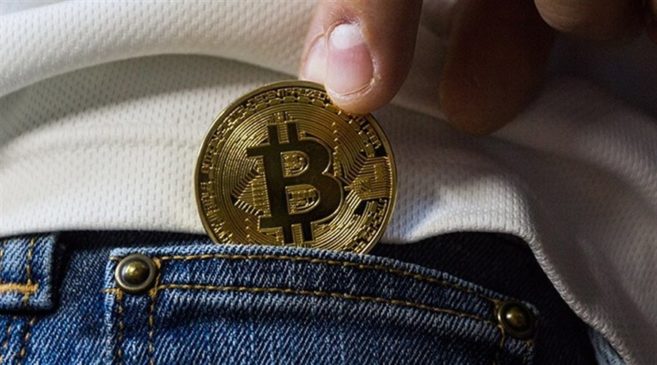In the past two years, BTC has seen a sharp surge in its price. One of the major reasons behind the spike was its record demand driven by limited supply on leading exchanges. In its recent on-chain analysis report, Glassnode mentioned that Huobi, Gemini, Kraken and Bithumb have witnessed a dip in BTC supply during the last few months.
There were some exceptions as well. Binance, Bittrex, FTX and Bitfinex have witnessed a jump in BTC balance since March 2020. In total, the mentioned digital exchanges have observed combined BTC inflows of more than 200,000 coins since the end of July 2021.
“Huobi represents by far the largest overall decline, having fallen from over 400k BTC in March 2020, to just 12.3k BTC today. More than half of this balance decline has occurred following the Chinese government ban on Bitcoin mining, and further restrictions placed on investor activity in May last year,” Glassnode highlighted.
Collectively, digital exchanges apart from Binance, Bittrex, FTX and Bitfinex have seen outflows of 253k Bitcoin since late July 2021.
Impact of BTC’s Exchange Supply
Historically, the exchange supply of Bitcoin impacted its price significantly. A decrease in Bitcoin supply on prominent exchanges created a jump in demand and that eventually drove the price upwards. However, a surge in supply gave more opportunities to sellers.
Price Action
BTC has experienced several market corrections in the last 24 months. The crypto asset is currently going through one of its worst phases amid geopolitical issues and economic concerns. On Tuesday, the digital asset failed to regain the price level of $40,000.
“Whilst Bitcoin consolidates below the important $40k level, rising oil prices have created more fear surrounding out-of-control inflation and its subsequent impact on global markets. Many economists are now anticipating stagflation, which is a toxic combination of red-hot inflation and low or negative growth,” Marcus Sotiriou, an analyst at GlobalBlock, said.
In the past two years, BTC has seen a sharp surge in its price. One of the major reasons behind the spike was its record demand driven by limited supply on leading exchanges. In its recent on-chain analysis report, Glassnode mentioned that Huobi, Gemini, Kraken and Bithumb have witnessed a dip in BTC supply during the last few months.
There were some exceptions as well. Binance, Bittrex, FTX and Bitfinex have witnessed a jump in BTC balance since March 2020. In total, the mentioned digital exchanges have observed combined BTC inflows of more than 200,000 coins since the end of July 2021.
“Huobi represents by far the largest overall decline, having fallen from over 400k BTC in March 2020, to just 12.3k BTC today. More than half of this balance decline has occurred following the Chinese government ban on Bitcoin mining, and further restrictions placed on investor activity in May last year,” Glassnode highlighted.
Collectively, digital exchanges apart from Binance, Bittrex, FTX and Bitfinex have seen outflows of 253k Bitcoin since late July 2021.
Impact of BTC’s Exchange Supply
Historically, the exchange supply of Bitcoin impacted its price significantly. A decrease in Bitcoin supply on prominent exchanges created a jump in demand and that eventually drove the price upwards. However, a surge in supply gave more opportunities to sellers.
Price Action
BTC has experienced several market corrections in the last 24 months. The crypto asset is currently going through one of its worst phases amid geopolitical issues and economic concerns. On Tuesday, the digital asset failed to regain the price level of $40,000.
“Whilst Bitcoin consolidates below the important $40k level, rising oil prices have created more fear surrounding out-of-control inflation and its subsequent impact on global markets. Many economists are now anticipating stagflation, which is a toxic combination of red-hot inflation and low or negative growth,” Marcus Sotiriou, an analyst at GlobalBlock, said.



